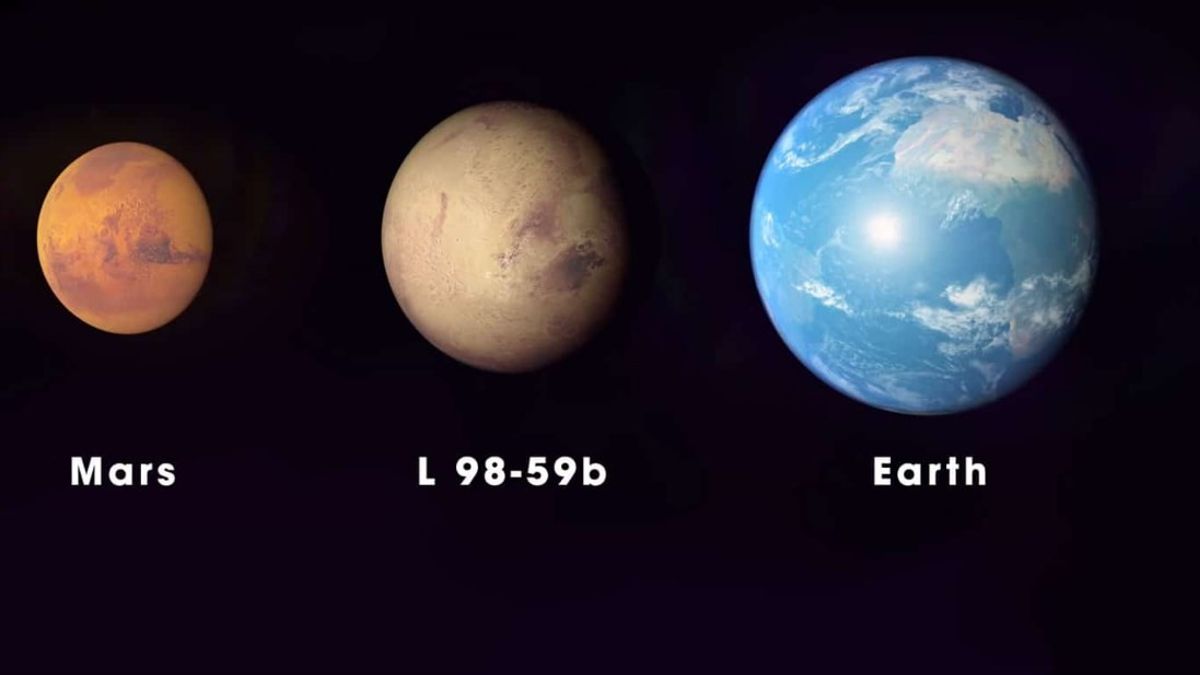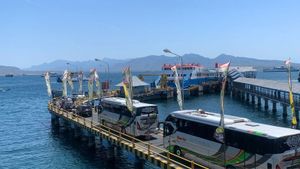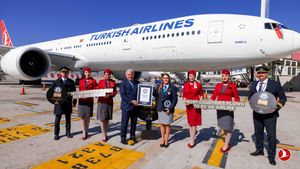JAKARTA – A number of researchers are reported to have found a rocky planet that has a water supply. The findings were revealed by researchers from the European Space Observatory (ESO). The planet is included in the habitable category.
To reach the exoplanet (planet outside the solar system), humans must travel a distance of 35 light years. The researchers revealed the location of the planet that has a water supply is in the constellation Volans.
They explained that the exoplanet is at the right distance around a cool, bright star. This condition is said to be the cause of the possibility of water flowing on the surface of the planet. Researchers also call the planet in the "Goldilocks," a habitable zone that allows humans to live there.
"We have hints of the existence of terrestrial planets in the habitable zone of this system," said researcher on the project, Olivier Demangeon of the University of Porto, Portugal, as quoted by Studyfinds.org.
In addition to the planets already mentioned above, researchers have also found a second habitable planet that is farther away from the star. The planet, named L 98-59, is claimed to be capable of supporting life. L 98-59 is referred to as a rocky planet like Venus which is located in the warm zone.
"Planets in the habitable zone may have atmospheres that can protect and support life," said Maria Osorio of the Center for Astrobiology in Madrid, Spain.
The discovery of two habitable planets is an important finding in human efforts to search for life outside the solar system. The researchers analyzed data from the European Space Observatory's Very Large Telescope (VLT) in Chile. The VLT has reportedly detected a number of planets that resemble Mercury, Venus, Earth, and Mars.
However, researchers have not been able to study the atmospheres of these planets. Reportedly, the European Space Agency (ESA) will begin researching the atmospheres of each planet at the end of this decade.
Prior to the findings of the two habitable planets above, astronomers had collected data on 5,000 habitable planets, whereas the Milky Way galaxy itself is estimated to have 100,000 million exoplanets, as reported by CNBC.
The English, Chinese, Japanese, Arabic, and French versions are automatically generated by the AI. So there may still be inaccuracies in translating, please always see Indonesian as our main language. (system supported by DigitalSiber.id)













